Sichuan’s South: Xichang, Panzhihua
19 October 2018
Xichang and Panzhihua look and feel quite different from cities in the Sichuan basin. Located in Sichuan’s far south and at higher elevations in a mountainous region, the two cities have milder and sunnier weather than those in the basin.
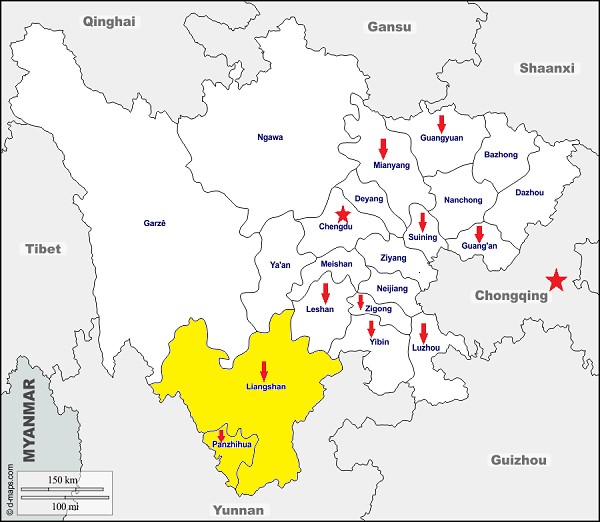
A map of Sichuan. Xichang and Panzhihua are in highlighted in yellow
Xichang is the seat of the Liangshan Yi Autonomous Prefecture (population 5 million) and has the highest concentration of ethnic Yi people in China. With a combined population of over 9 million, the Yi are one of China’s largest ethnic minority groups, whose members are spread across Sichuan, Yunnan, Guizhou and Guangxi. The Yi Nationality Slavery Museum in Xichang is a worthwhile stop to understand the Yi people’s history and traditions, including its unique script, which is used to this day.
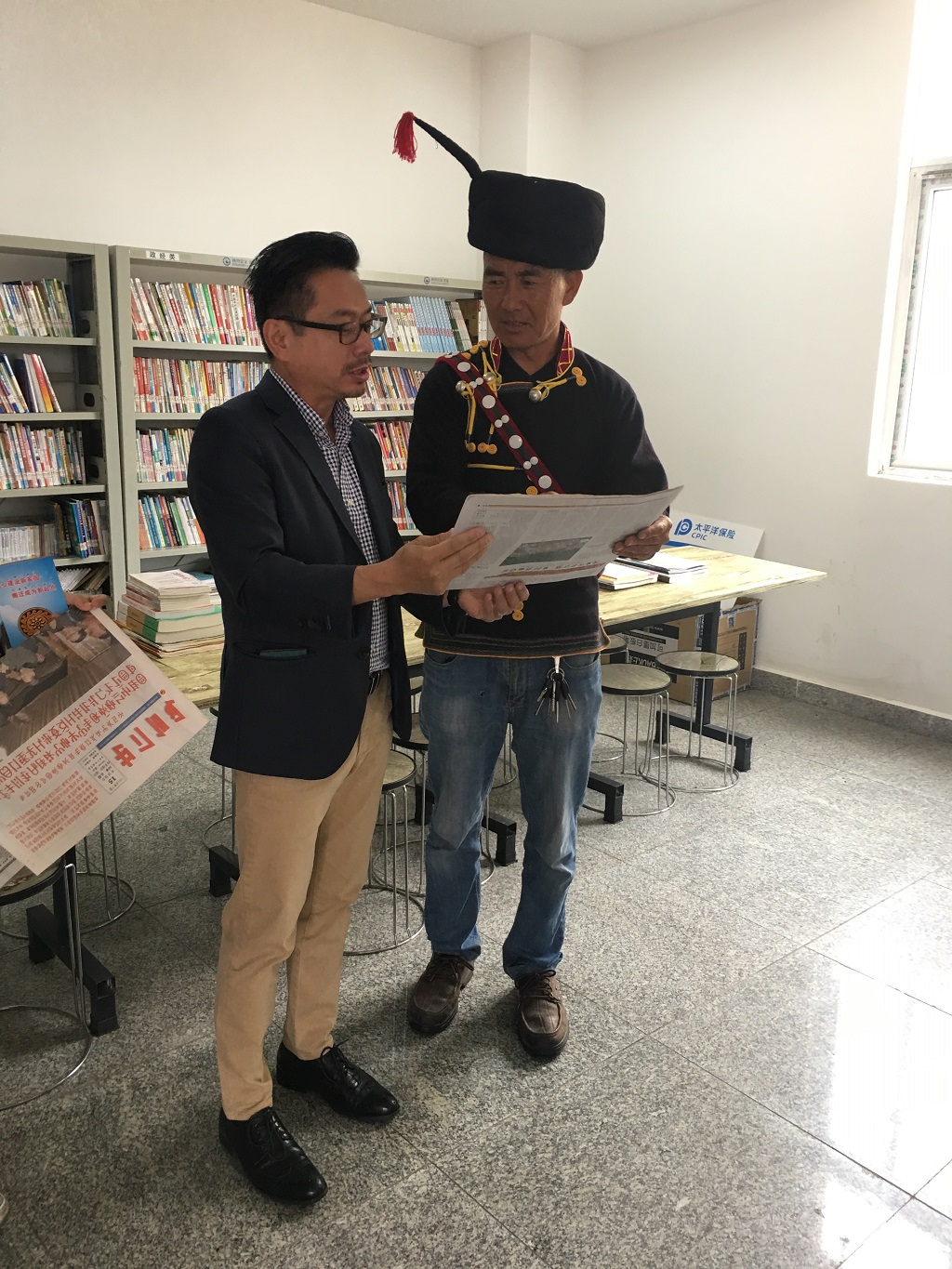
Consul-General Lim gets a quick introduction to modern Yi script
Xichang is an hour’s flight from Chengdu, but a high-speed railway connecting Chengdu and Kunming - stopping in Xichang - will be completed by 2020.
You may have heard of Xichang because it is often in the international media as the location of one of China’s major satellite launch centres. In fact, Australia was the first Western country to launch commercial satellites from Xichang, following a visit by the then Minister for Science, Barry Jones, in 1986.
Aside from its satellite centre, Liangshan Prefecture is also rich in resources, with abundant copper, iron ore, silver, coal, zinc and rare earth metals. Fast flowing rapids from the mountains mean there are significant hydropower resources. The mild weather makes the region an ideal place for horticulture, especially pomegranates and cut flowers.
Liangshan is also one of China’s poorest prefectures, with many Yi groups living in subsistence conditions in remote mountainous areas. In 2016, the Australian Government, through our Direct Aid Program (DAP), provided funding for a project run by the Liangshan Yi Minority Female and Infant Development Centre. The money went towards renovations for an Yi cultural heritage school in Riha Township for Yi children, as well as the production of education material for the students, focusing on teaching Yi culture.
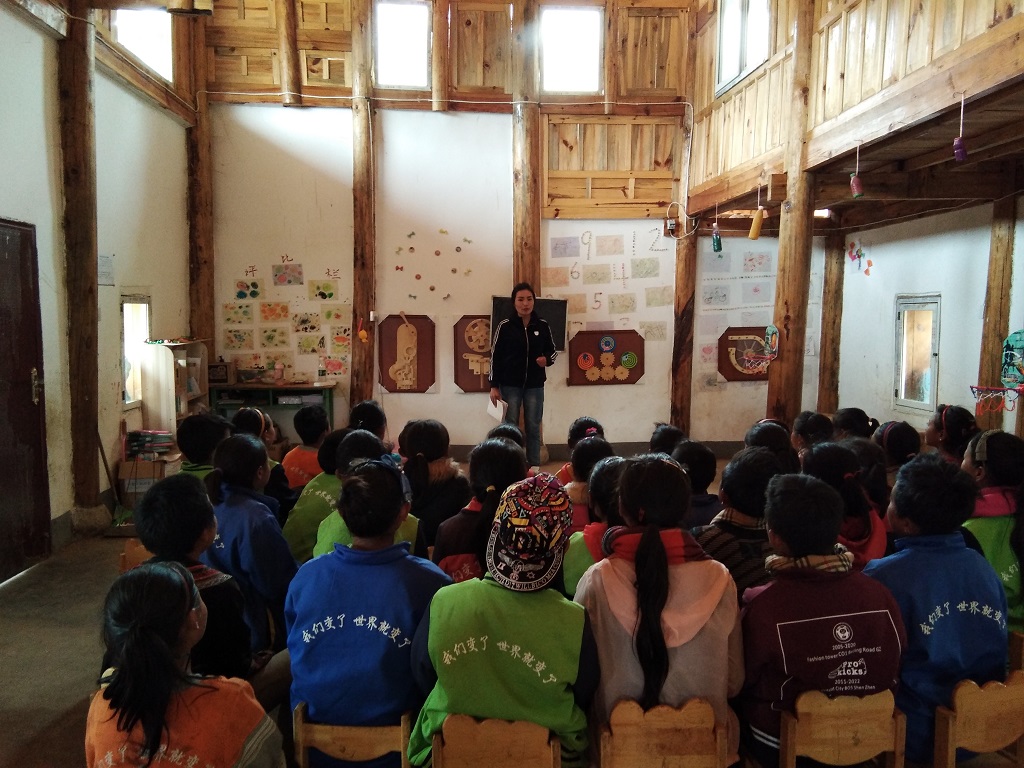
Yi children listen attentively to a teacher at the Riha Township Yi cultural heritage school, which was recently renovated with the help of Australia’s Direct Aid Program
There are opportunities for Australian business in sectors the Liangshan Government considers priorities for economic and social development. Education cooperation ranges from vocational education and training programs to academic exchanges, including with Xichang University.

Liangshan’s newspapers are also published in modern Yi script
With its unspoilt natural beauty, such as glacial lakes that resemble those in Switzerland, there is potential for Australian companies to assist with the development of tourism in the region, especially given Australia’s expertise in tourism management and training.
Within the prefecture is an ancient town called Lizhou, an important stop on the ancient southern Silk Route. In 1935, the Chinese Communist Party’s Red Army stayed there for six days and held the Lizhou Conference. The meeting proposed the now famous Long March, with CCP leaders deciding on a northward march route to Shaanxi.
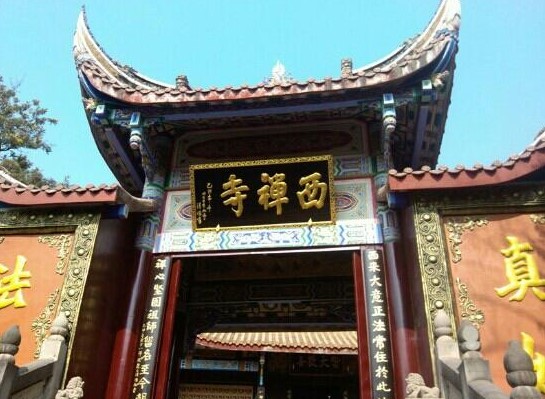
Lizhou’s ancient Xichan Temple
Panzhihua
A city unlike any other, Panzhihua was created in the 1960s as part of the Construction of the Third Front, aimed at relocating strategic defence, industry, energy and research facilities from the coastal provinces to the interior. Concerns at that time about the threat posed from the Sino-Soviet Split and the Cold War led to a belief that strategic assets in coastal provinces were vulnerable to foreign threats.
Panzhihua was selected because of its mountainous location and abundant minerals. Rich iron ore deposits made Panzhihua the ideal location for the steel industry. As a result, Panzhihua Iron and Steel Complex (Panggang) was built. It was the largest project of the Third Front and Panzhihua’s main employer for its first few decades. Subsequently, from a small village that was hardly on the map, Panzhihua grew to a city of 1.23 million today. The city’s development is a legacy of China’s planned economy.
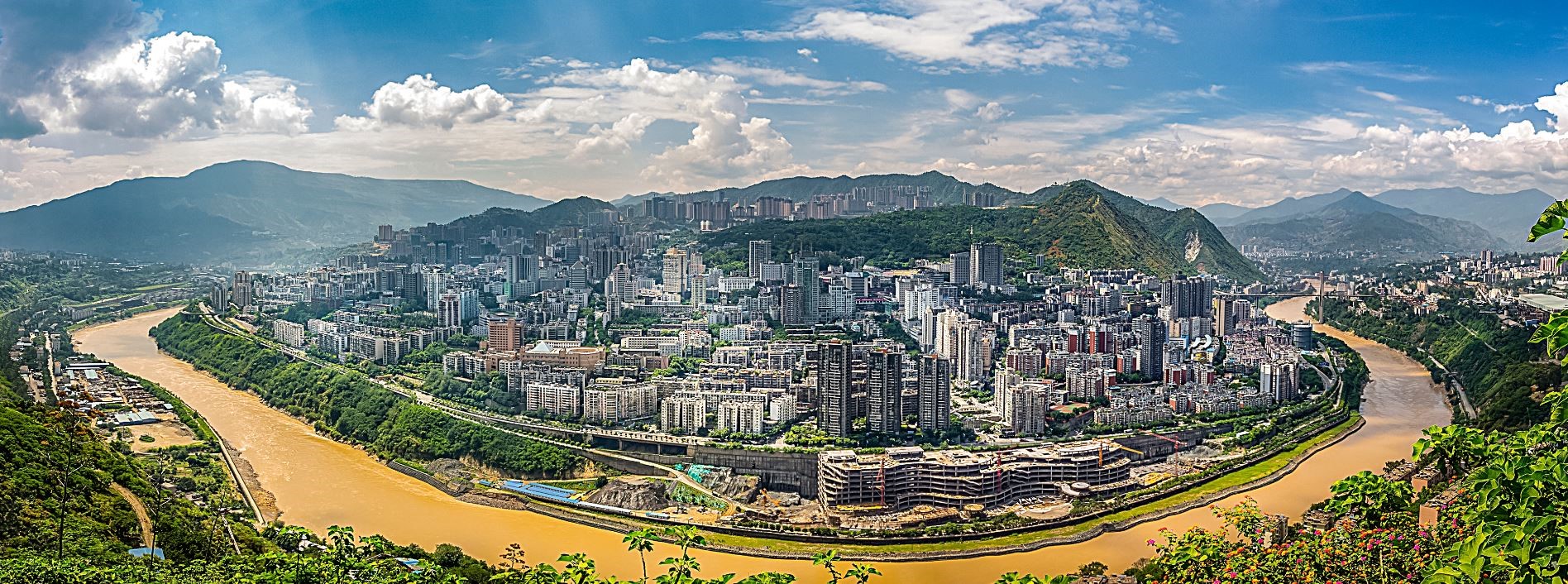
Panzhihua was settled from the 1960s to develop its rich mineral resources
In my meetings with Panzhihua leaders, I learnt that the prefecture has the highest per capita GDP in Sichuan, owing to its high industrialisation and urbanisation rates, and relatively small population (by Chinese standards). The area is seeking to diversify its economy from its industrial roots into one that produces higher-end products and services.
Panzhihua wants to take advantage of its mild temperatures and sunny winters to develop its health and aged-care industry. In fact, under Sichuan’s 13th Five Year Plan (2016-20), the city has been designated as a provincial zone for the development of sports, health and aged-care. Increasing numbers of elderly Chinese are choosing to retire in Panzhihua because of the climate, natural surroundings and agricultural produce.
The Panzhihua International Health and Wellness College is a key instrument in the city’s efforts to realise its vision as a retirement, rehabilitation and leisure centre. The college currently has 1800 students receiving training in nursing, aged care and tourism management.
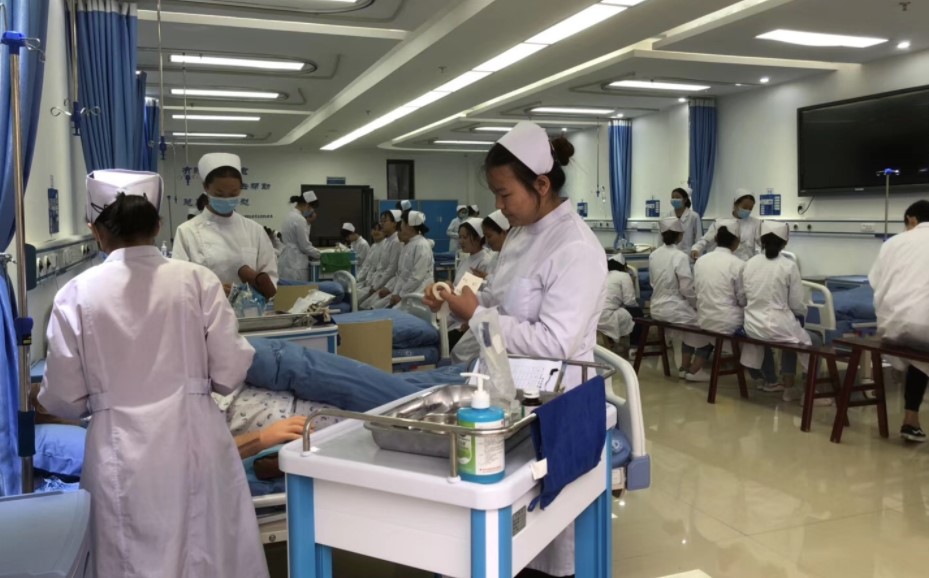
Panzhihua is building its health and wellness industry
There are therefore opportunities for Australian companies in the health and aged-care sectors. For example, Australian expertise would be welcomed in clinical trials, sports rehabilitation, prosthetic application and hospital management.
There are also opportunities in environmental management associated with mining – such as soil remediation and water management. Naturally, as a place with enormous mineral deposits, there are possibilities for cooperation in the mining industry itself. Panzhihua has the world’s largest reserves of titanium and third largest of vanadium.
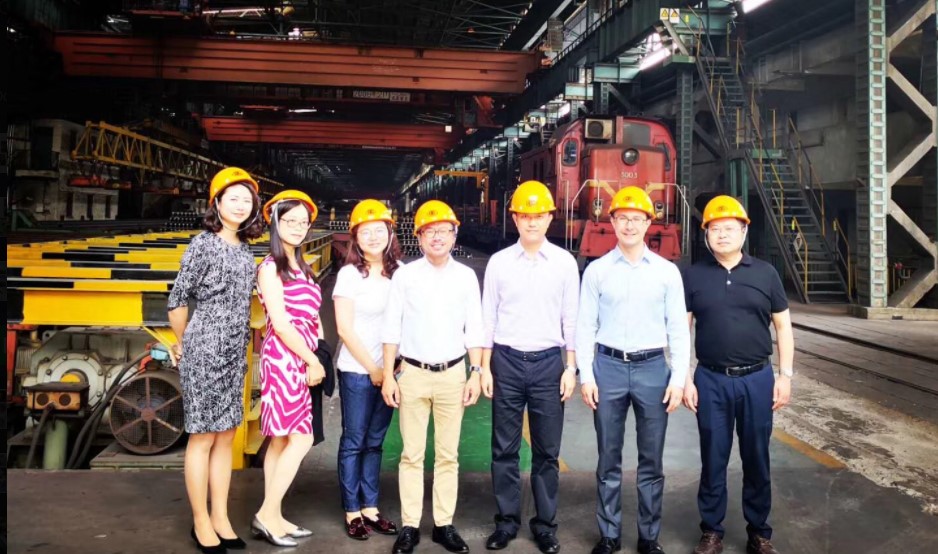
Panzhihua Iron and Steel uses Australian iron ore to produce rail tracks for China’s high speed trains
Panzhihua is open to a sister-city relationship with a city in Australia. As I’ve mentioned previously, sister-cities can be a useful mechanism to strengthen exchanges and cooperation.
I came away from Panzhihua fascinated by its pioneering history, something the early Australian miners could probably have related to. The city is seeking to preserve its industrial heritage, while embarking on another transformative journey, this time in the health and wellness industry.
Click here to return to Australian Consul-General's Blog on Southwest China
